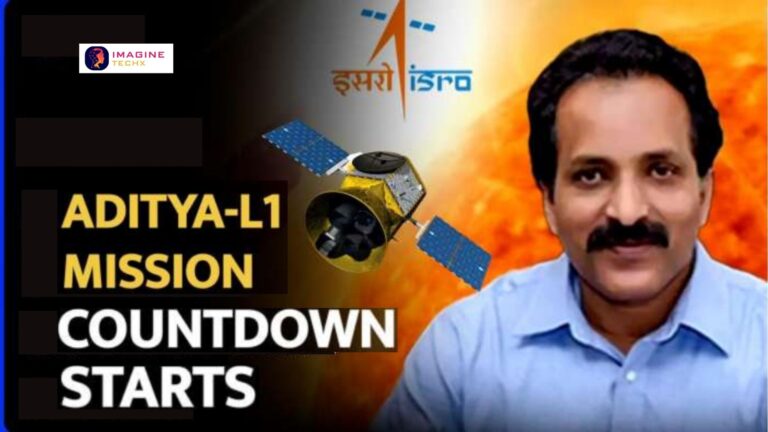Exploring the Cosmic Mysteries with India’s XPoSat: A Pioneer in X-ray Polarimetry

Introduction Of XPoSat A Pioneer in X-ray Polarimetry:
In the vast expanse of the cosmos, there are celestial phenomena that challenge our understanding of the universe. Among these enigmatic events are the emissions from black holes, neutron stars, active galactic nuclei, and pulsar wind nebulae, which originate from complex physical processes that continue to confound astronomers. While various space-based observatories have provided valuable spectroscopic and timing information, unlocking the exact nature of these emissions remains a profound challenge. The X-ray Polarimeter Satellite (XPoSat) is a ISRO planned space observatory to study polarisation of cosmic X-rays. It is planned to be launched in 2023 or later on a Polar Satellite Launch Vehicle (PSLV), with mission life of at least five years. Enter XPoSat, India’s first dedicated polarimetry mission designed to shed new light on these cosmic mysteries. In this blog, we will delve into the fascinating world of XPoSat, its objectives, payloads, and the promising insights it aims to provide to the global scientific community. XPoSat, India’s foray into X-ray polarimetry, exemplifies the collaborative spirit of scientific exploration. While it’s India’s first dedicated mission in this domain, it’s by no means a solo effort. The scientific community worldwide eagerly anticipates the invaluable data that XPoSat is poised to deliver. The international dimension of space exploration has long been a hallmark of scientific progress, with researchers and space agencies from various nations pooling their expertise to expand our understanding of the universe.
You Can Read This Post Also:
XPoSat: Unraveling the X-ray Universe:
XPoSat, short for X-ray Polarimeter Satellite, represents a significant milestone in India’s space exploration efforts. Launched with the mission to study the dynamics of bright astronomical X-ray sources in extreme conditions, this satellite is set to enhance our understanding of the universe in ways previously unattainable.
The Polarimetry Advantage:
Astronomical phenomena emitting X-rays are some of the most intriguing, and understanding their nature is no easy feat. Traditional spectroscopic and timing observations have yielded valuable insights, but they fall short in unraveling the complete story. This is where polarimetry comes into play. Polarimetry measures two crucial parameters: the degree and angle of polarization. These measurements are instrumental in providing a deeper understanding of the emission processes from astronomical sources, breaking down the barriers that have hindered astronomers for decades.
The Two Payloads of XPoSat:
XPoSat carries two scientific payloads, each serving a unique purpose in advancing our knowledge of the X-ray universe.
1. POLIX: A Window into Medium X-ray Energies:
POLIX, short for Polarimeter Instrument in X-rays, is the primary payload of XPoSat. Developed by the esteemed Ramam Research Institute (RRI) in Bangalore in collaboration with the U R Rao Satellite Centre (URSC), POLIX is specifically designed to measure polarimetry parameters in the medium X-ray energy range of 8-30 keV photons. This instrument consists of a collimator, a scatterer, and four X-ray proportional counter detectors surrounding the scatterer. The scatterer is made of low atomic mass material, which facilitates anisotropic Thomson scattering of incoming polarized X-rays.
One of the remarkable features of POLIX is its ability to restrict the field of view to 3 degrees by 3 degrees. This allows for focused observations, ensuring that only one bright source is in the field of view for most observations. POLIX is poised to observe approximately 40 bright astronomical sources across various categories during its planned five-year mission duration. Notably, this is the first payload in the medium X-ray energy band dedicated exclusively to polarimetry measurements.
2. XSPECT: The Spectroscopic and Timing Pioneer:
XSPECT, or X-ray Spectroscopy and Timing, is the second payload onboard XPoSat. This instrument complements POLIX by providing fast timing and excellent spectroscopic resolution in the soft X-ray range. XSPECT’s capabilities shine in the X-ray energy range of 0.8-15 keV. Its array of Swept Charge Devices (SCDs) boasts an effective area exceeding 30 cm² at 6 keV, with an impressive energy resolution of under 200 eV at the same energy level.
To reduce background interference, passive collimators are employed, effectively narrowing XSPECT’s field of view. This payload will be a crucial player in observing a diverse array of sources, including X-ray pulsars, black hole binaries, low-magnetic field neutron stars (NS) in Low-Mass X-ray Binaries (LMXBs), Active Galactic Nuclei (AGNs), and Magnetars.
The Promise of XPoSat:
XPoSat is poised to be a game-changer in the field of X-ray astronomy. Its unique combination of polarimetry and spectroscopy promises to break the degeneracy of various theoretical models that have puzzled astronomers for years. By measuring the degree and angle of polarization alongside spectroscopic data, XPoSat aims to unravel the complex emission processes of celestial objects, providing new insights into their behavior and nature.
You Can Read This Post Also:
NASA’s SpaceX Crew-7 Mission: All Set for an Exciting Journey to the Space Station
Conclusion:
As we peer into the vast cosmos, missions like XPoSat stand as beacons of human curiosity and innovation. With its dedication to polarimetry and the two cutting-edge payloads, POLIX and XSPECT, this Indian satellite promises to unlock the secrets of the X-ray universe. Armed with a mission to understand the complex emissions from black holes, neutron stars, active galactic nuclei, and more, XPoSat is poised to revolutionize our understanding of these enigmatic celestial phenomena. As we await the wealth of data it will undoubtedly provide, we anticipate a brighter, clearer view of the cosmic wonders that surround us. XPoSat marks a remarkable step forward in our quest to comprehend the universe’s deepest mysteries, and it invites us all to join in the journey of exploration and discovery.






